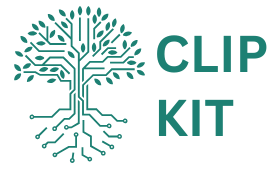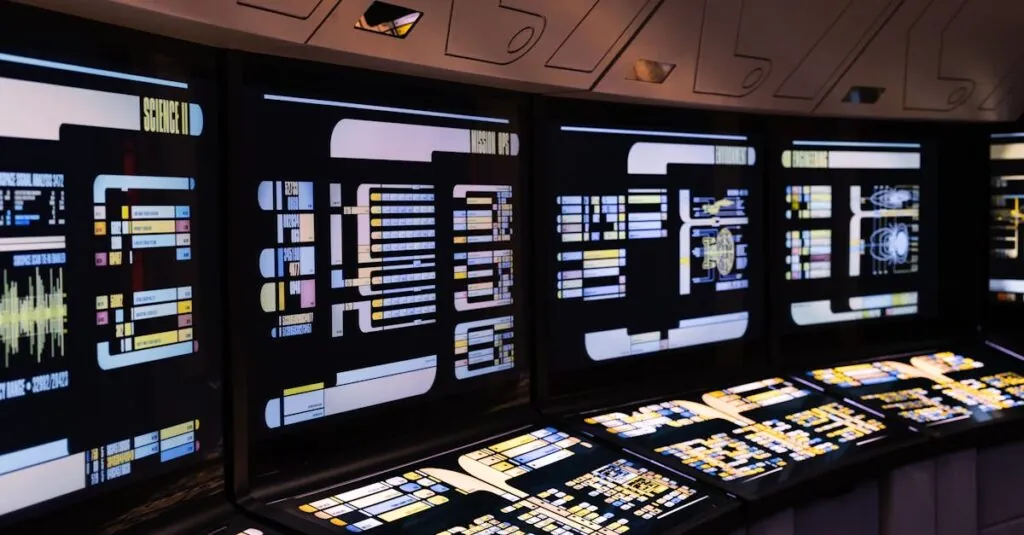Table of Contents
ToggleIn a world where eco-friendliness is the new black, LEED certified systems are strutting down the runway like they own the place. These systems aren’t just about looking good; they’re the gold standard for sustainable building practices, proving that going green can be stylish and effective. Imagine a building that not only saves the planet but also saves you money on energy bills—talk about a win-win!
Overview of LEED Certified Systems
LEED certified systems play a significant role in promoting sustainable building practices. These systems emphasize responsible design and construction methods, providing clear guidelines for environmentally conscious projects.
Definition and Purpose
LEED, or Leadership in Energy and Environmental Design, serves as a green building certification program. This program offers a framework for sustainable building through a point-based rating system. Projects earn points based on various sustainability criteria, including energy efficiency, water usage, and materials selection. The primary purpose of LEED certification is to encourage eco-friendly design, construction, and operation within the building sector. Certified projects demonstrate commitment to sustainability while enhancing occupant health and well-being.
Importance of Sustainability
Sustainability remains critical in today’s built environment. LEED certified systems create multiple benefits, such as reduced greenhouse gas emissions and energy consumption. They contribute to lower operational costs, fostering long-term financial savings. Additionally, sustainable buildings often experience increased property values and tenant satisfaction. Communities benefit from improved air quality and reduced resource depletion, promoting overall health and wellness. Emphasizing sustainable practices through LEED certification helps mitigate climate change impacts while encouraging responsible use of resources.
Types of LEED Certification
LEED certification provides different categories tailored to specific building needs and uses. Understanding these types facilitates more effective sustainable practices in various projects.
LEED for Building Design and Construction
LEED for Building Design and Construction (BD+C) focuses on new construction and major renovations. This certification covers a variety of project types, including residential and commercial buildings. It encourages sustainable site development and efficient water use, contributing to a reduced environmental impact. Energy performance optimization is a key component, promoting innovative strategies that minimize energy consumption. The BD+C rating system emphasizes selecting environmentally friendly materials, enhancing the overall sustainability of the project.
LEED for Interior Design and Construction
LEED for Interior Design and Construction (ID+C) addresses interiors specifically, catering to commercial and retail spaces. This certification supports the use of sustainable materials and indoor environmental quality. Designers utilize strategies that enhance the well-being of occupants while minimizing harmful emissions from materials. Efficient lighting and HVAC systems play crucial roles in energy conservation and comfort. Achieving ID+C certification showcases a commitment to creating healthier indoor environments that enhance user experience.
LEED for Operations and Maintenance
LEED for Operations and Maintenance (O+M) targets existing buildings seeking to improve operational efficiencies. This certification applies to facilities aiming to optimize resource usage through sustainable management practices. It emphasizes ongoing performance monitoring and effective waste reduction strategies. Building operators adopt continuous improvement processes, enhancing indoor environmental quality over time. The O+M certification highlights the significance of maintaining high standards in energy and water efficiency, contributing to long-term sustainability.
Benefits of LEED Certified Systems
LEED certified systems present numerous benefits, making them essential in sustainable building practices. These advantages span environmental impact and cost savings.
Environmental Impact
LEED certified systems significantly lower greenhouse gas emissions. They promote efficient resource use, enhancing overall sustainability. Each project adheres to rigorous standards, ensuring minimized waste during construction and operation. Water conservation remains a key focus, with efficient plumbing systems reducing water use. Improved air quality contributes to occupant health and well-being, fostering safer environments. Through solar and renewable energy sources, buildings leverage clean energy options. LEED certification actively supports climate change mitigation efforts, making a positive impact on ecosystems and communities.
Cost Savings and Value
Cost savings emerge as a notable benefit of LEED certified systems. Energy-efficient features lead to lower utility bills, providing immediate financial relief. Many certified buildings increase in property value due to their eco-friendly credentials. Financing options often offer favorable terms for green buildings, encouraging investment. Tax incentives for sustainable practices further enhance financial viability. Long-term maintenance costs decrease, as durable materials and efficient systems require less frequent replacements. Overall, LEED certification ensures return on investment through decreased operational expenses and asset appreciation.
Challenges in Implementing LEED Certification
Implementing LEED certification poses several challenges that stakeholders must navigate. Understanding these obstacles is crucial for successfully adopting sustainable building practices.
Initial Costs
Initial costs often present substantial hurdles in achieving LEED certification. Many projects incur higher expenses during construction due to premium materials and technologies required for compliance. Developers may face budget constraints that prioritize immediate financial returns over long-term sustainability goals. While energy-efficient systems save money on utilities, the upfront investment can deter decision-makers. For instance, implementing renewable energy sources or advanced HVAC systems incurs significant costs yet leads to considerable savings over time.
Regulatory Hurdles
Regulatory hurdles frequently complicate the LEED certification process. Navigating local building codes and zoning laws can create delays and obstacles when trying to adhere to LEED guidelines. Each jurisdiction may impose different sustainability requirements, resulting in confusion for project teams. Compliance with multiple regulations can also increase project timelines and costs. Moreover, the lack of standardization across regions further complicates LEED certification, often requiring additional resources and expertise to meet various local mandates.
Conclusion
LEED certified systems represent a pivotal shift towards sustainability in the building industry. Their ability to enhance environmental quality while delivering financial benefits makes them an attractive choice for developers and property owners alike. By prioritizing eco-friendly practices, these systems not only contribute to healthier living spaces but also support long-term economic viability.
As the demand for sustainable buildings continues to grow, understanding the nuances of LEED certification becomes essential. Despite the challenges associated with implementation, the rewards of adopting LEED certified systems far outweigh the initial hurdles. This commitment to sustainability not only benefits individual projects but also fosters a collective effort to combat climate change and promote healthier communities.




